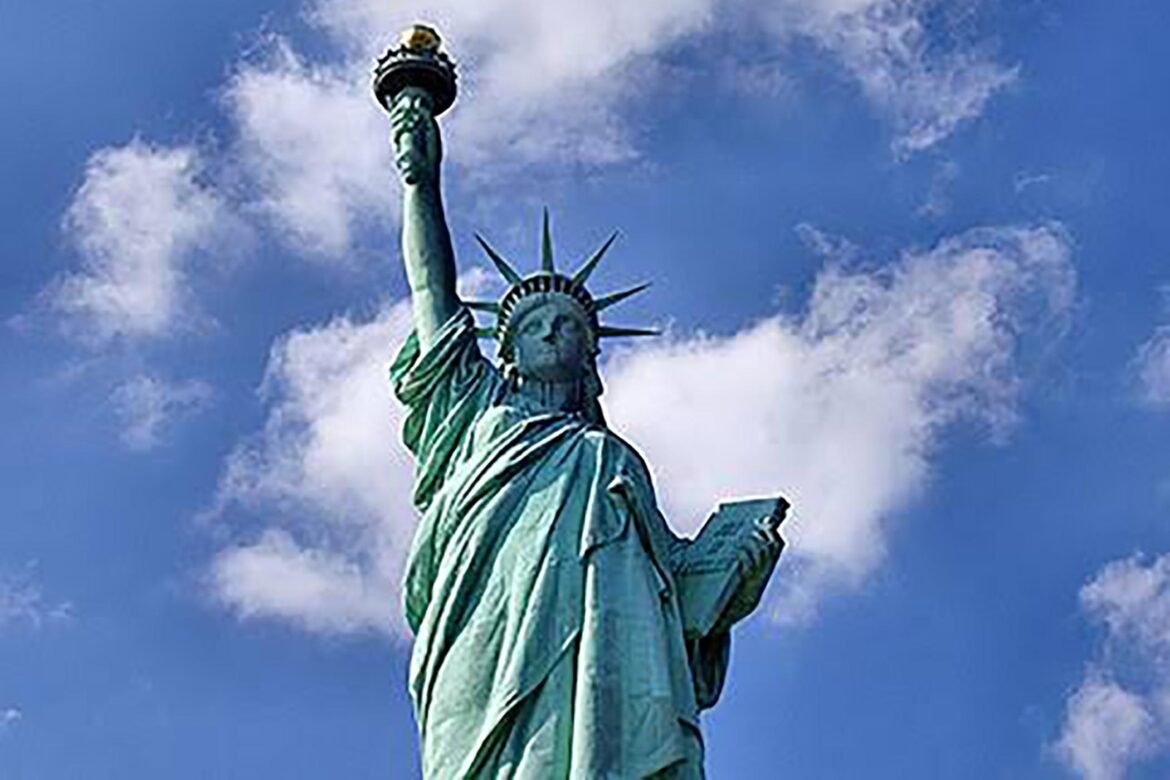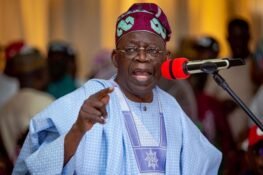How Does the US Electoral College Work?
Voters in United States of America directly elect the president of the country.
Under the electoral college, they vote to cast a ballot for their preferred candidate’s electors who are mostly party loyalist.
There are 538 electors in the electoral college; one for each member of the House of Representatives, two for each senator, and three allocated to the District of Columbia.
After voters cast their ballots, the electors meet in December in their respective states.
They then officially vote for the president and vice president.
And in January, members of the House of Representatives and Senate meet to take an official tally of the votes of the electors.
To win a presidential election, a candidate needs a majority of 270 of those votes.
How Do Electors Emerge?
Ahead of elections, the 538 electors are nominated either by their political parties at their national convention or the electors are voted for by the party’s central committee.
Is It Possible For A Candidate Win A Majority Of Ballot Cast By Voters, Yet Lose The Election?
There is an unequal distribution of electoral votes meaning more populous states are under-represented in the electoral college while less populous states are overrepresented.
A heavily populated state like California has one elector representing 718,000 voters, while a small state like Wyoming has each electoral vote representing 193,000 voters.
As a consequence, five presidents in US history have lost the popular vote but won the election.
The last time it happened was in 2016 when Donald Trump lost the popular vote to Hilary Clinton by roughly three million votes, yet won the election because he had more electoral college votes.
It also happened 2000 when George Bush lost the popular vote to Al Gore by half a million votes but got more electoral college votes because he won states who are overrepresented in the electoral college.
Who Does The Electoral College Favour?
The last two times candidates won the presidential election after losing the popular vote, the Republican Party was the beneficiary.
This is because small states with large rural populations tend to be more conservative, while big states with large urban population tend to lean towards the Democratic Party.








